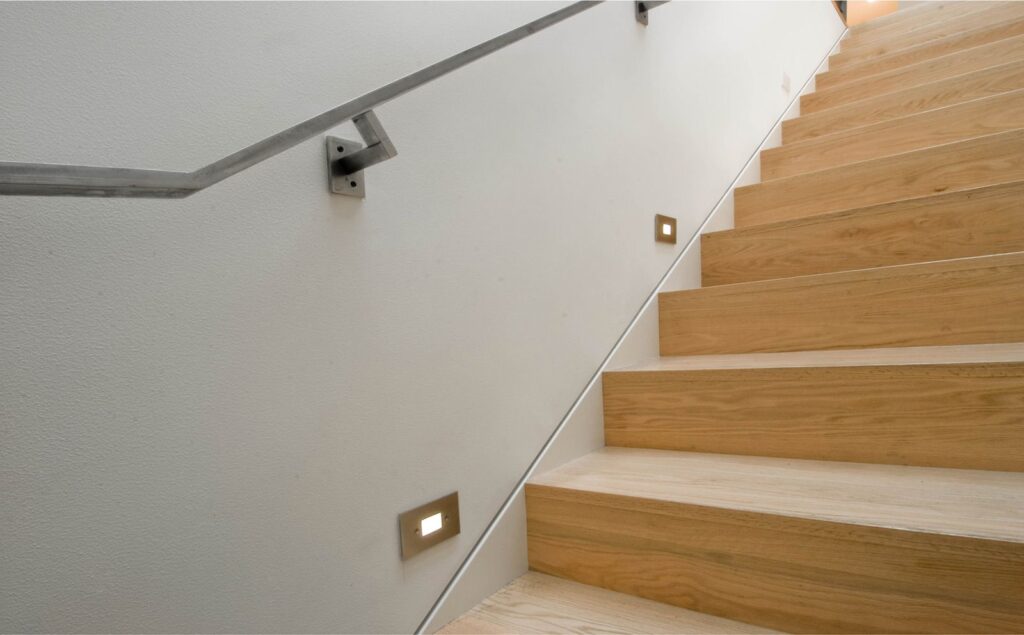Step Edge Markings are an important part of stair safety. They help visually impaired users locate the steps by delineating the tread edge from the step surface below.
The British (building) standards state that a permanent edge highlighter should be applied to the full width of each step. The marking should be 55mm wide to clearly delineate the step edge.
What is a Stair Nosing?
What You Need to Know About Step Edge Markings
A stair nose, sometimes known as a stair edging, is a strip of material that fits on the lips of each step edge included on a staircase. Stair nosing are a great way to make your stairs more safe and comfortable, while also making them aesthetically pleasing.
They can be made of different materials, such as metal, wood, or rubber, and come in all kinds of shapes and sizes. They are also available in a variety of colors, so you can choose the one that suits your staircase.

Stair noses improve visibility, which can help to prevent accidents. They also improve safety by reducing the likelihood of slips and falls, especially in high-traffic areas.
Why Are Stair Nosings Important?
Whether you have commercial buildings, hospitals, stadiums or other facilities, step edge markings are vital for safety reasons. They help to prevent falls down stairs, while also enhancing the aesthetics of your building’s design.
Using stair nosings also helps to protect the steps from wear and tear, making them last longer and less likely to need replacing in the future. This is especially true for wooden or concrete stair treads, which may chip or break if left untreated.
Another benefit is that stair noses enhance the step edge visibility of steps, especially for people with poor vision or staircases with low light levels. This is achieved by contrasting the stair tread color, which clearly defines where the step edge ends.
Stair Nosing Installation
Stair nose installation is usually done after stair risers are installed and flooring has been laid on the steps. However, you can install stair nose moldings before laying floorboards at the top of stairs when installing laminate or engineered wood floors to act as a border between the stair tread and the floorboard.
Step edge markings, or stair noses, are used to create a transition between the riser and the stair tread and to make the stair safer for use. They are also a great way to enhance the look of your staircase.
There are several different types of stair nose molding, and they all require a slightly different installation process. The most common type is flush stair nose molding, which has no protruding piece and sits flush with the riser and flooring planks. This is a professional-looking option and it has the advantage of not requiring an expansion gap.

Stair Nosing Maintenance
What You Need to Know About Step Edge Markings
The leading edge of each stair step – the tread edge or stair nose – is where most people place their weight during ascent and descent. If that edge is sloped, uneven, slippery or damaged a fall may be inevitable.
Stairs should be regularly inspected for these hazards. If any damage is found, it should be repaired immediately to prevent further injuries and decrease the cost of repair.
Observing and correcting these hazards early can also help protect the investment you’ve made in the staircases. By catching damage and repairs early, you can prevent costly renovations down the road.
Fortunately, the process of stair nose maintenance is straightforward and affordable. It only takes a few minutes and minimal labor costs, and you can do it yourself in most cases. Ultimately, this is one of the best ways to maintain your stairs and keep them safe for years to come.

